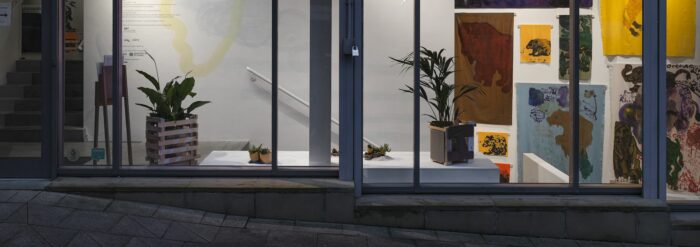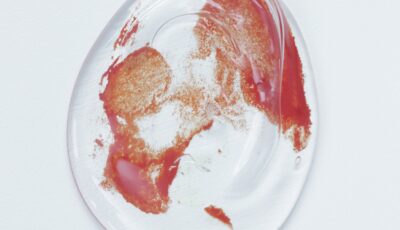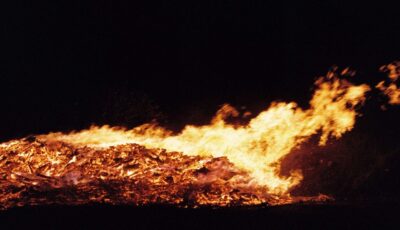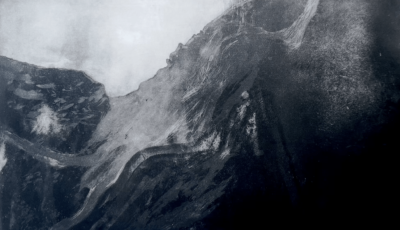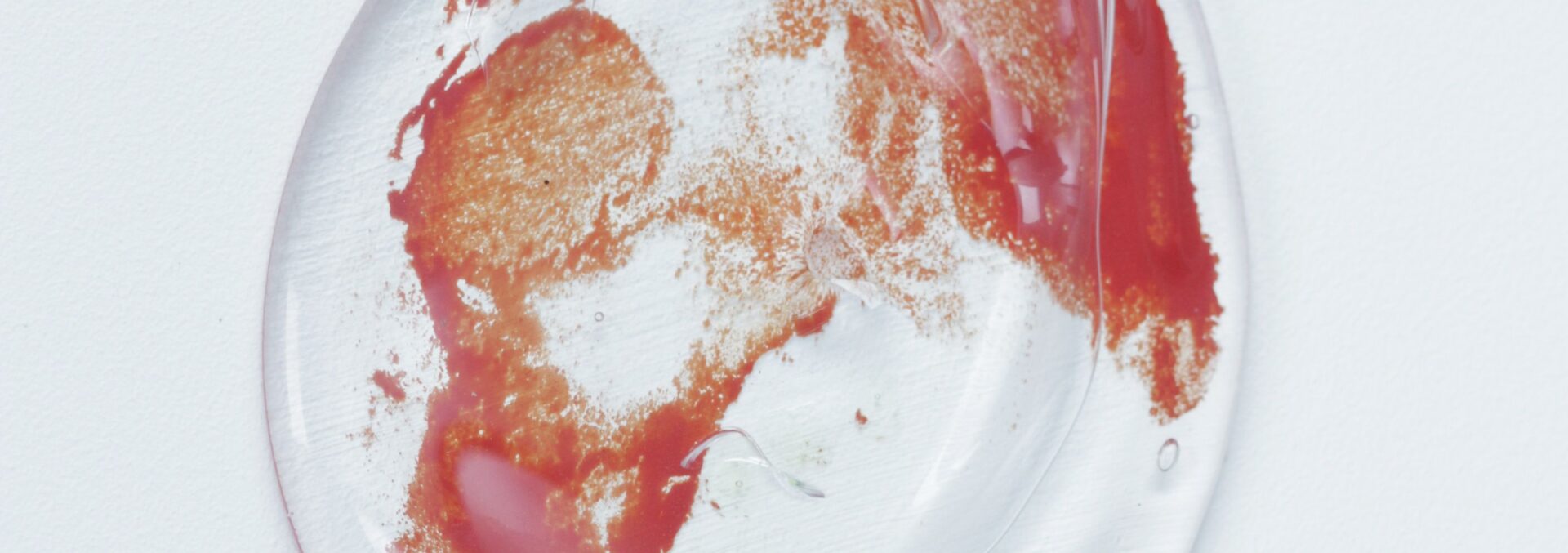
Artists and Sustainability: Alana Lake
Posted on 27 November 2025
This month we’ve invited Alana Lake to be featured in our ongoing series Artists and Sustainability, where we ask artists to share short responses about their work and how it might relate to climate change.
Alana Lake (b. 1981, Tamworth, UK) is an artist working at the intersection of addiction, desire, and materiality. Currently part of the Yorkshire Sculpture Network 2025, she works with glass, ceramic, and metal, drawing on material histories and inherited associations to explore compulsion, intimacy, and transformation. Informed by a working-class, post-industrial background, her practice often reflects repetitive and ritualised behaviours. Lake’s research engages theories of lively and animated matter, gravitating toward materials that carry tension to consider how craving, care, and self-destructive habits take form.
Her PhD, Towards a Pathology of Desire (Manchester School of Art), examines addiction not as disease but as a “biology of desire,” deeply entangled with contemporary culture. Through her practice, she critiques the fetishisation of substances and objects, exploring how they are ritualised, aestheticised, and invested with symbolic weight in both personal and collective experience.
Awards include DYCP, Arts Council England (2024); Andrew Stewart Artist Award (2023); Research Scholarship, Senatsverwaltung für Kultur und Europa (2022); Studio Funding Award, BBK (2021); NEUSTART Stipendium, Deutscher Künstlerbund (2021); Project Space Award, Senatsverwaltung für Kultur und Europa (2018); Dunoyer de Segonzac Award (RA, 2009); and Michael Moser Award (RA, 2008).
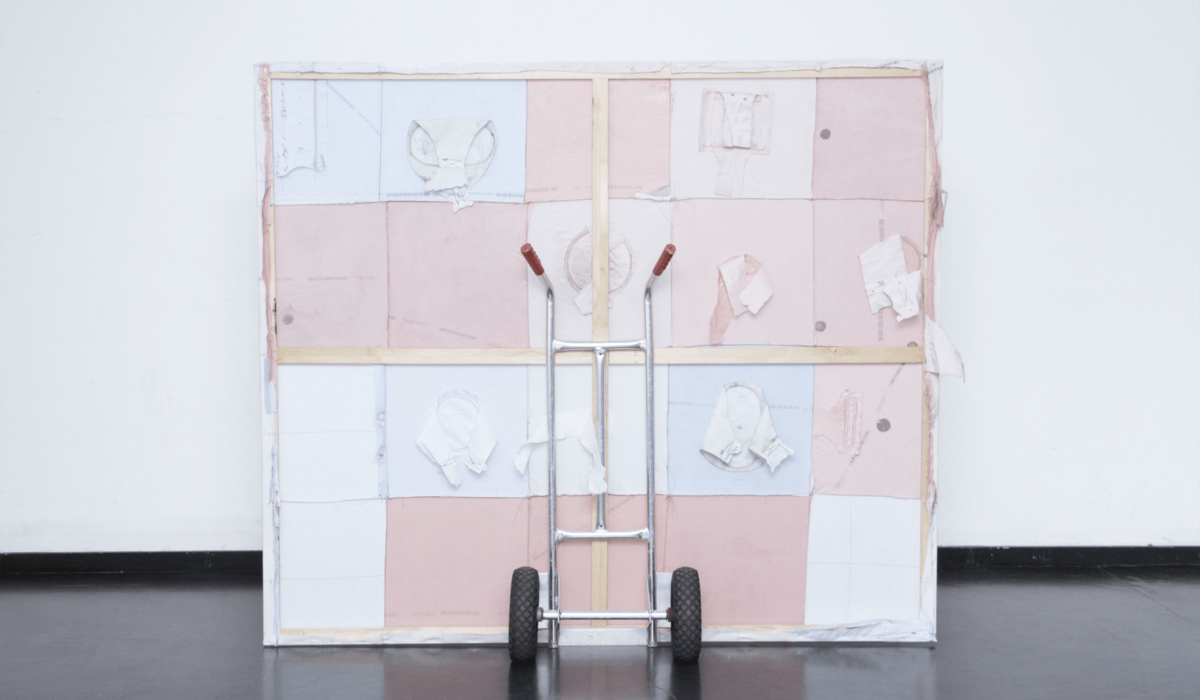
- In what ways do you feel your work might relate to issues of climate change and sustainability, in the content of the work, its narrative, conceptually or theoretically?
My work often picks up on undercurrents that run through culture and society, particularly, at the moment, cultures of fear and precarity that reflect the broader conditions of living within late capitalism. These dynamics reveal a strong connection between human behaviour, consumption, and environmental and ecological degradation. My Crash Culture series, for example, uses salvaged materials such as fragmented car parts and deployed airbags taken from crashed vehicles, which are reworked to explore themes of consumption and collapse in contemporary life. These reflections don’t seek obvious solutions, but create space for contemplation, highlighting where beauty and destruction coexist.
- With regards to the materials, processes and techniques you use to produce your work, are there any practical decisions you make with regard to climate change and sustainability?
My practice involves working with a range of materials, including hot glass, ceramics, and metal, processes that are, by nature, energy intensive. I’m conscious of this and, where possible, use recycled materials or incorporate found and salvaged components. It would be inaccurate to say this approach runs through all aspects of my practice, but I have a growing awareness of how materials circulate through systems of production and consumption. I try to reflect critically on those systems while remaining attentive to my own impact. That said, I think there’s increasing pressure for individuals to demonstrate sustainability, which can sometimes obscure where the greatest environmental impact actually lies. Meaningful change ultimately depends on accountability from larger corporations and industries whose practices have far greater effects on the environment and natural resources.
- In general, how do you feel galleries, art spaces, artworks and artists might be able to contribute? What, if any, role do you feel they can play in a progressive conversation?
Artists and art spaces can play a vital role in creating conditions for reflection. In recent years, there has been a significant shift in attitudes: publicly funded institutions have been encouraged, and in some cases required, to respond to environmental concerns through the adoption of more sustainable practices. However, I’m less certain that this ethos filters through to the commercial sector. Many galleries and art fairs I’ve worked with remain incredibly wasteful. While they may platform important discussions and showcase works that address ecological and environmental crises, there is often a tension between these ideals and the profit-driven structures that sustain them. These concerns and tensions are channelled back into my practice, where art operates as a mirror to the contradictions inherent in the systems we build and inhabit.
- Are there any tips or advice, anything you have learnt you might want to share with other artists or our audiences?
Not everything we make as an artist is art. I think being able to distinguish what deserves to be called art is an important evolution in an artists journey. I must make a hundred + ‘artworks’ each year, but perhaps only a handful, in the end, are presented as art. I believe being conscious of this helps elevate your practice, pushing your own standards and decision making increasingly higher.
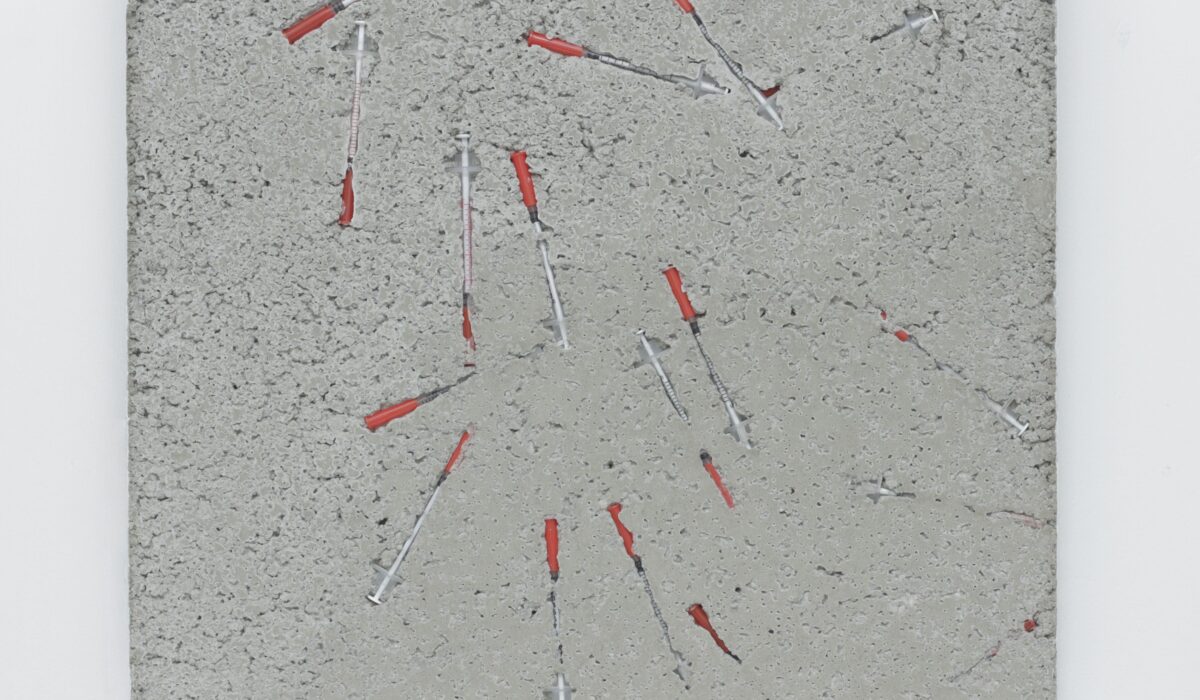
Images:
- Fallout, 2025
Glass and uranium
Dimensions variable - Pile Up (Reverse), 2025
Used car airbags and trolly
160 x 185 cm
Image courtesy of the artist - Hopscotch, 2025
Concrete, plastic and stainless steel
42 x 42 x 2 cm
Images courtesy of the artist.

